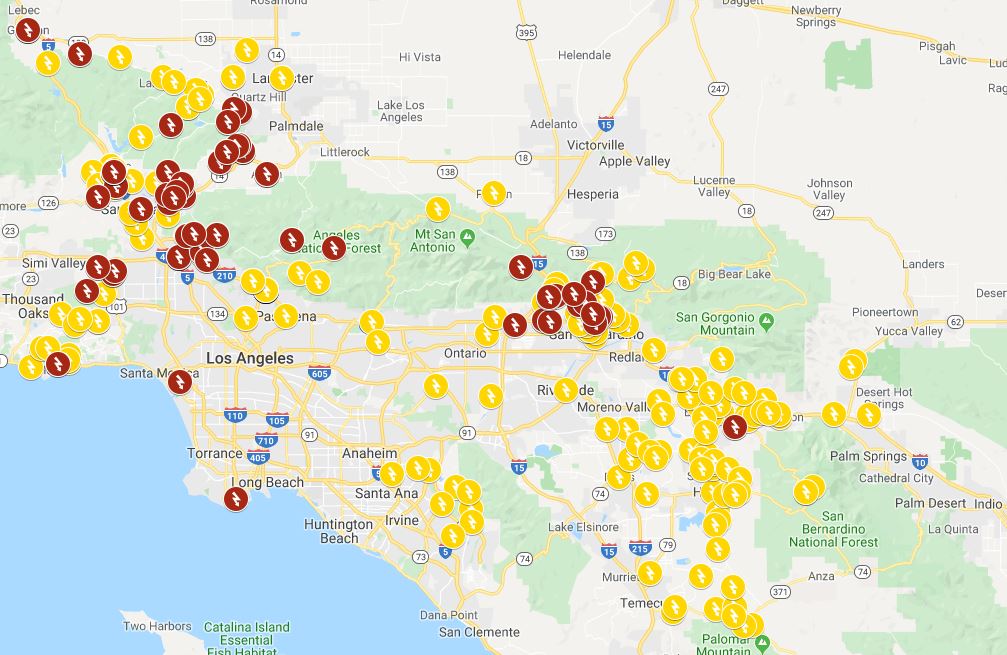The Reality of Darkened Streets
Over the past few weeks, cities across Canada have been grappling with a cascading series of power outages. From record-breaking storms to aging infrastructure, widespread outages have left thousands in the dark—both literally and figuratively. Beyond the immediate inconvenience lies an intricate web of effects that ripples through communities and affects daily life in unexpected ways.
Day-to-Day Disruptions
Imagine waking up to an alarm that never rings or finding that your morning coffee ritual is interrupted by a still kitchen. A power outage may seem trivial at first glance, but it disrupts routines, sparks frustration, and even poses challenges for those who rely on electrically powered medical devices. As one Calgary resident, Sarah Thompson, lamented, “I had no idea how much I rely on power until my CPAP machine was rendered useless. It’s scary to think about.”
Anecdotes of Community Resilience
The social fabric of communities often reveals itself in times of hardship. Longtime residents in Montreal shared stories of their neighbors banding together during these outages, providing food and warmth. “I never thought I’d borrow a camping stove from my next-door neighbor, but here we are,” noted John Lacroix, as he stood in his candle-lit living room. In the absence of technology, people have reverted to simpler times, playing board games, telling stories, and reconnecting with each other in deeper ways.
The Economic Toll
Beyond personal struggles, the economic repercussions of power outages can be staggering. According to a 2022 report by the Canadian Office of Electricity, prolonged outages cost Canadian communities over $1 billion a year in lost productivity and expenses. As businesses scramble to manage the fallout of lost sales and refrigerated goods, the long-term impact continues to weigh heavily on the economy. Restaurants and grocery stores find themselves in a delicate balancing act, trying to accommodate customers while navigating inventory losses.
The Digital Age Challenge
In an era driven by the Internet, power outages expose vulnerabilities that many of us are unprepared for. Wi-Fi connectivity and mobile services often falter during down times, severing communication lines and disrupting digital interactions. Social media user Claire Foster tweeted, “Who knew losing power would also make me feel disconnected from everyone? I miss scrolling through my feed!” The irony isn’t lost on many who rely on the digital realm to stay informed and connected.
Looking to the Future
With climate change increasing the frequency of severe weather events and pressure mounting to modernize infrastructure, provinces are tasked with improving grid resilience. While some depend on traditional utility providers, others are turning towards renewable options like solar and wind energy to mitigate the effects of outages. “In the long run, investing in renewable energy could be our saving grace,” suggested environmentalist Hannah Lee. “Not only does it make us more self-sufficient, but it also reduces our impact on the environment.”
As communities learn to navigate the vulnerabilities of existing power infrastructure, one truth shines through: a power outage isn’t just a disruption; it’s a catalyst for change, prompting reflection on how we can foster resilient communities in the face of adversity.
